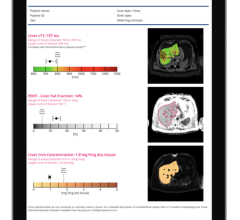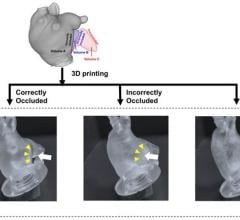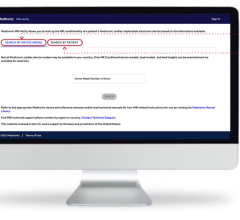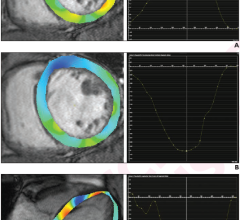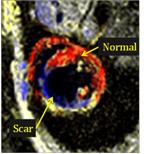
February 2, 2009 - Diagnosoft Inc. has unveiled its newest software solution, the Diagnosoft SENC. Strain-encoding (SENC). SENC is a new MRI analysis technique that will help physicians measure regional contraction, or relaxation, of the heart's myocardium. Like Diagnosoft's other two software products, Diagnosoft HARP and Diagnosoft PLUS, Diagnosoft SENC enables quantification of data to improve diagnosis and guide monitoring and treatment of coronary artery disease. Developed by Nael Osman, M.D., a faculty member at Johns Hopkins University, SENC is now a proprietary product of Diagnosoft Inc. According to Dr. Osman, co-founder of Diagnosoft, "Diagnosoft SENC provides an objective way to assess regional variations in muscle contraction due to ischemia, myocardial infarction, or other causes. Moreover, Diagnosoft SENC produces maps of regional function with high spatial resolution at a level of quality sufficient even for the thin wall of the right ventricle. As a result, the technique can reveal small regional anomalies in contractility within the wall." Most cardiac MRI procedures require patients to hold their breath. However, SENC images can be acquired in a fraction of a second, mapping regional function with unprecedented speed, so it can be used in combination with tests and maneuvers that allow patients to breathe normally. That means SENC is suitable for stress testing of cardiac function, as well as other diagnostic tests. Dr. Osman said new Diagnosoft SENC is a great addition to a rich and unique product suite originated with Diagnosoft HARP, "While MR tagged images can be produced on most MRI systems, this pulse sequence has limited spatial resolution and takes time to acquire. SENC pulse sequence does not require a second step of image processing, as does analyzing tagged MR images, so it streamlines throughput and decision-making." For more information: www.diagnosoft.com


 February 21, 2024
February 21, 2024 

